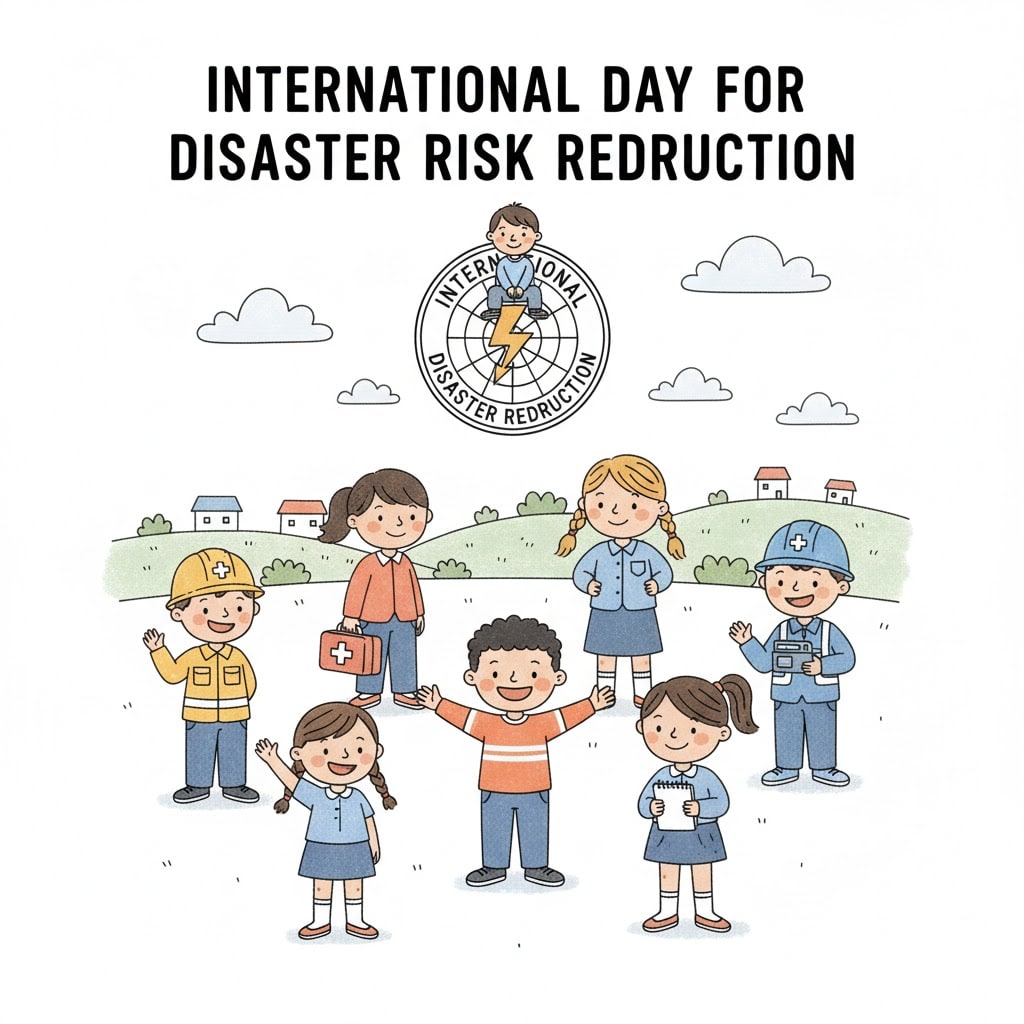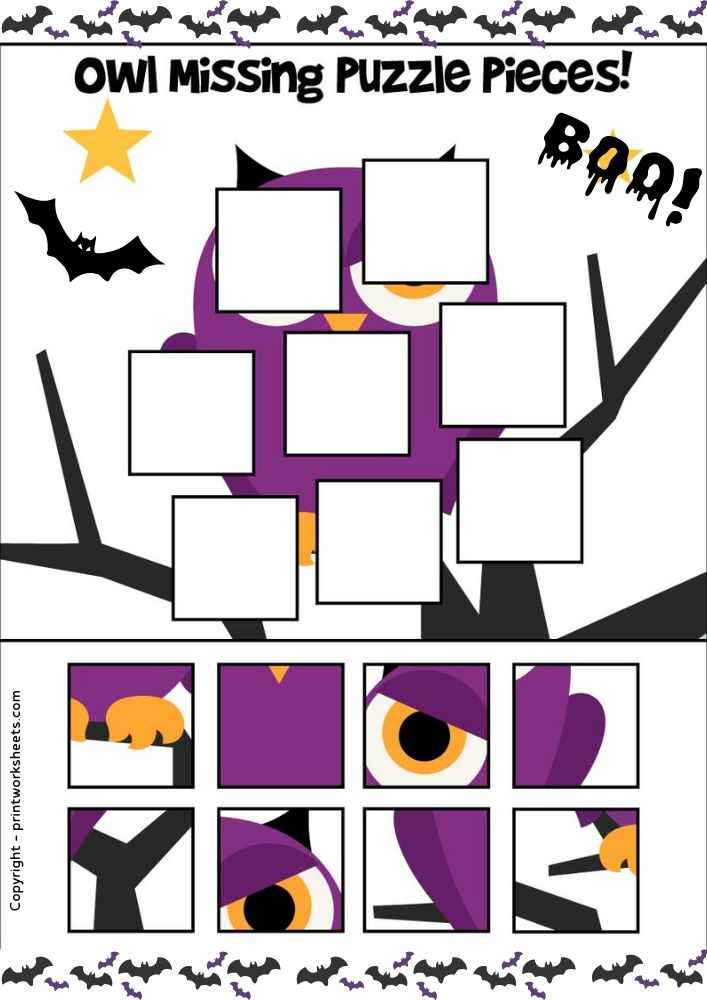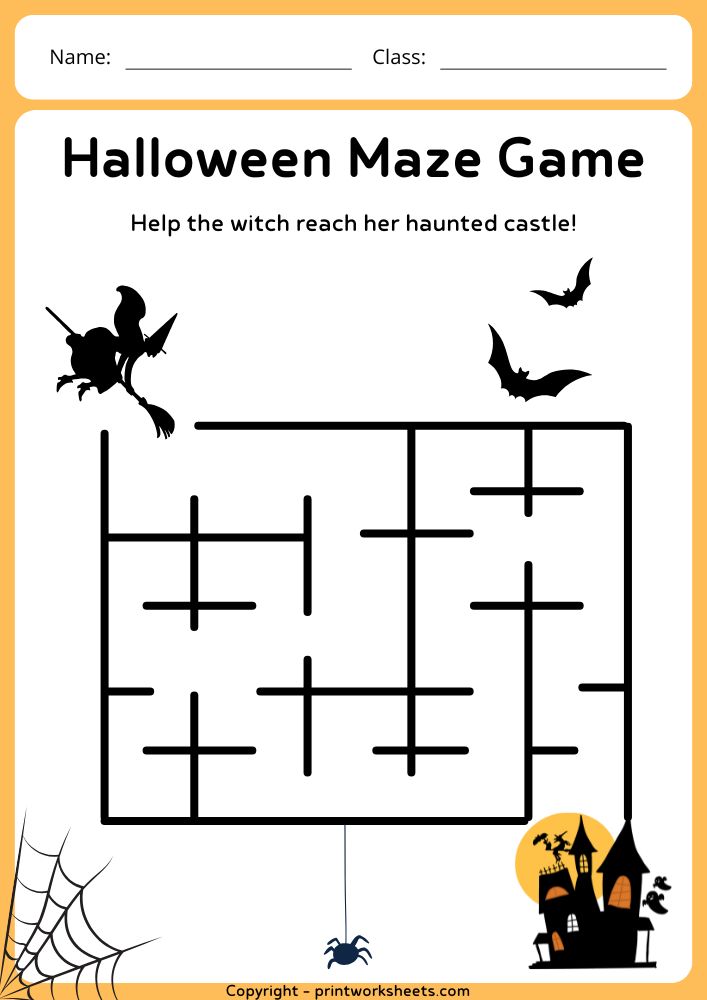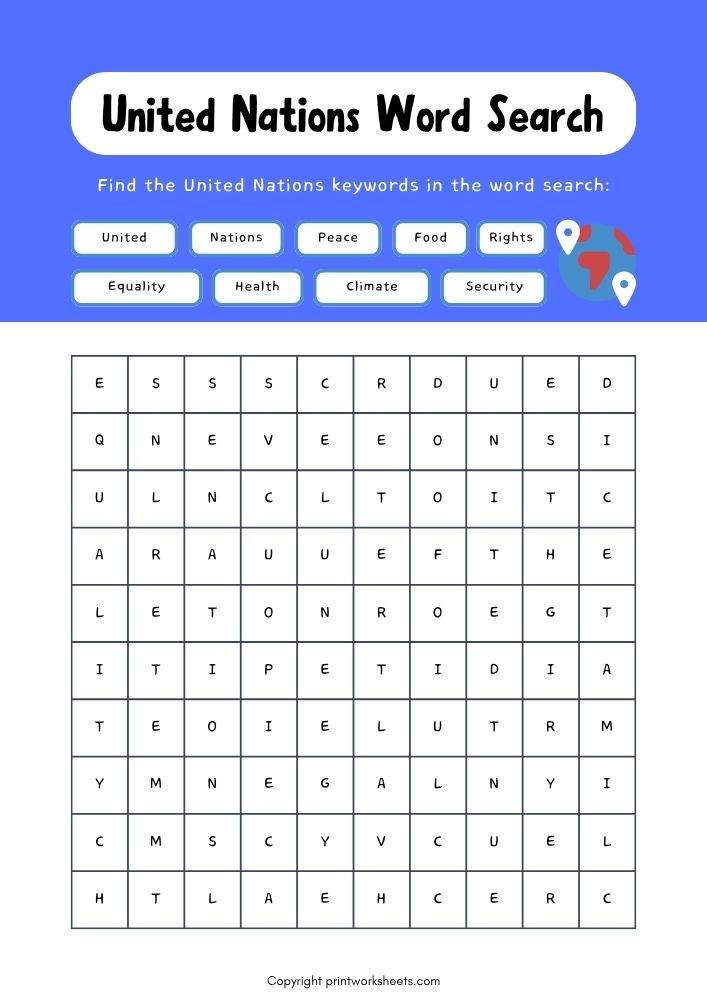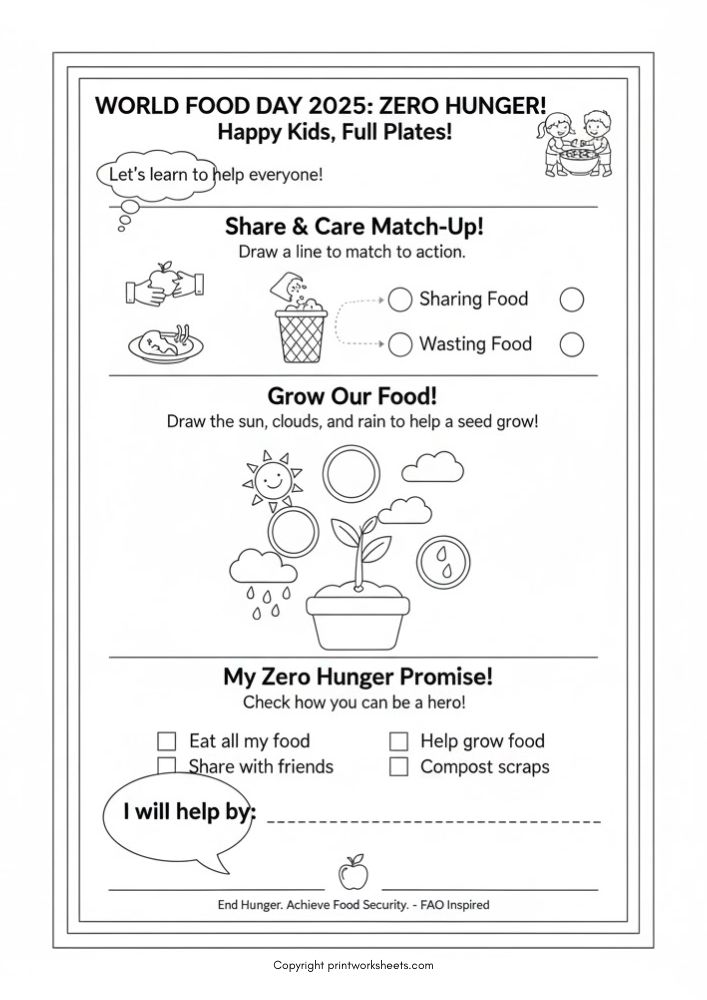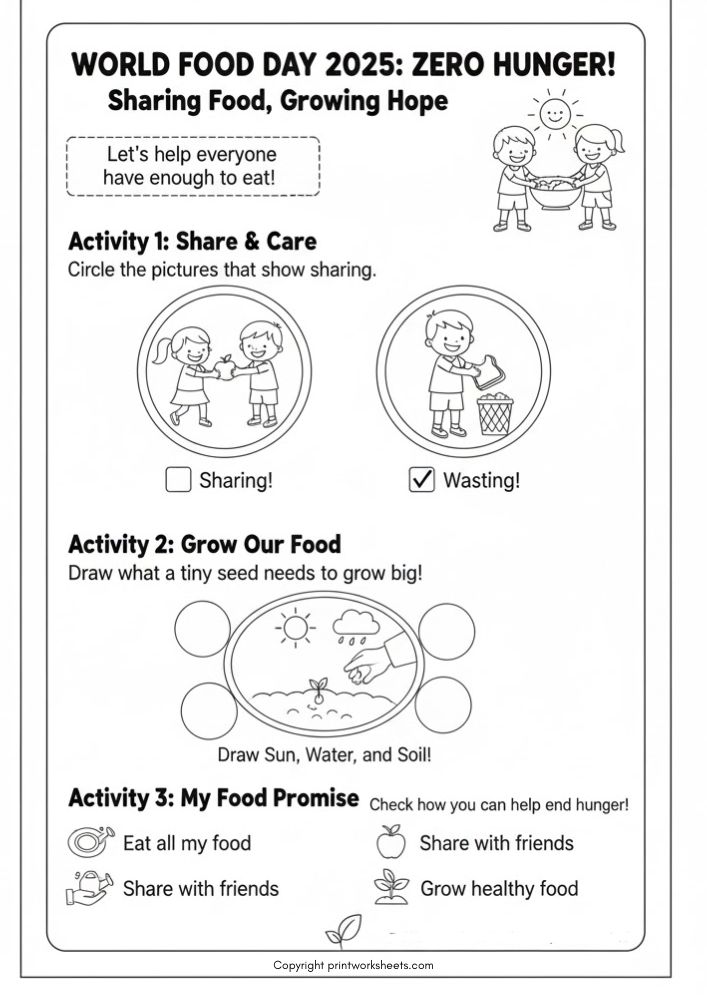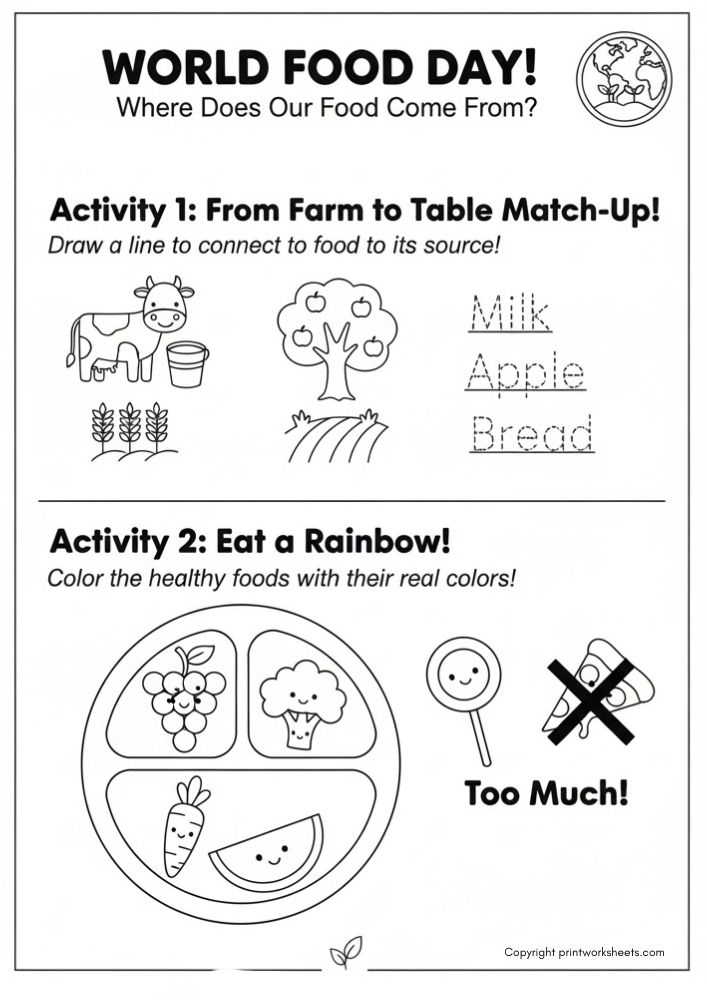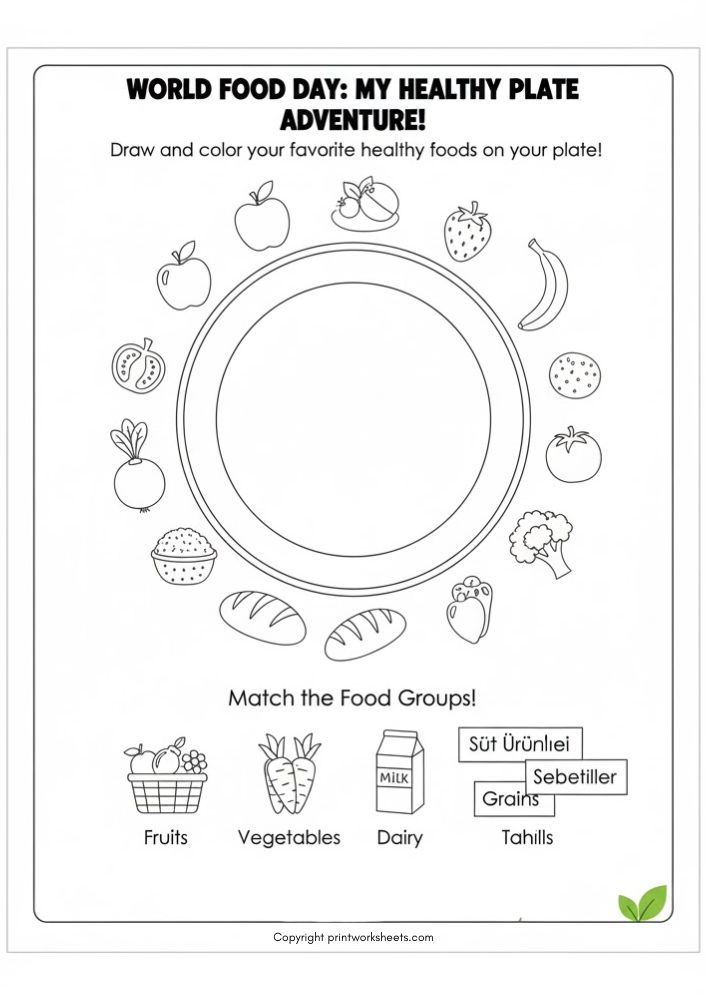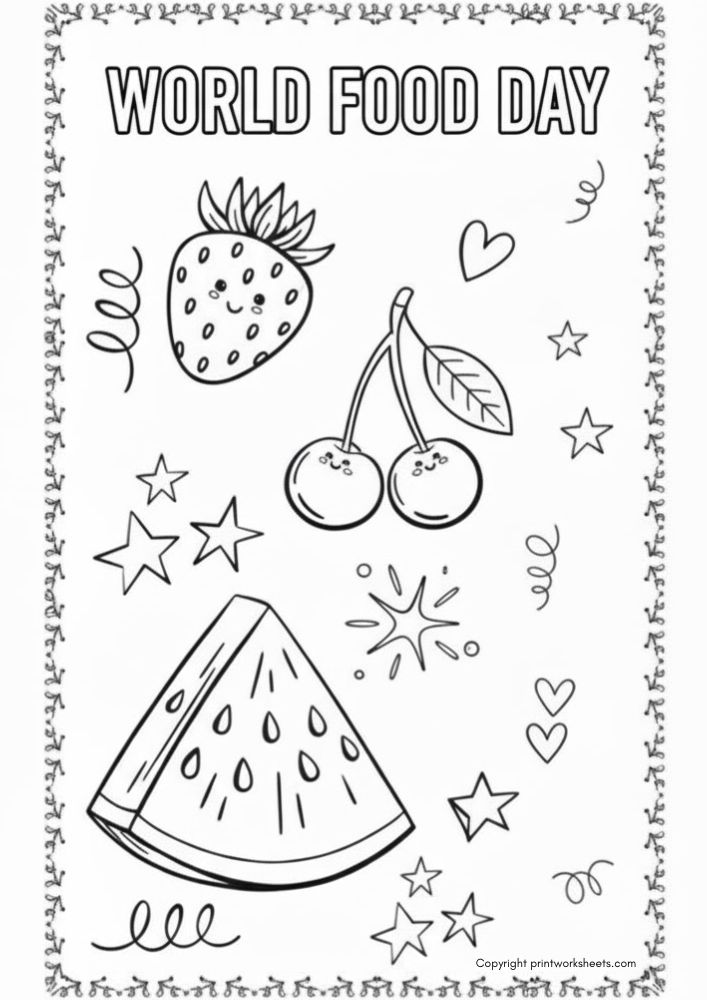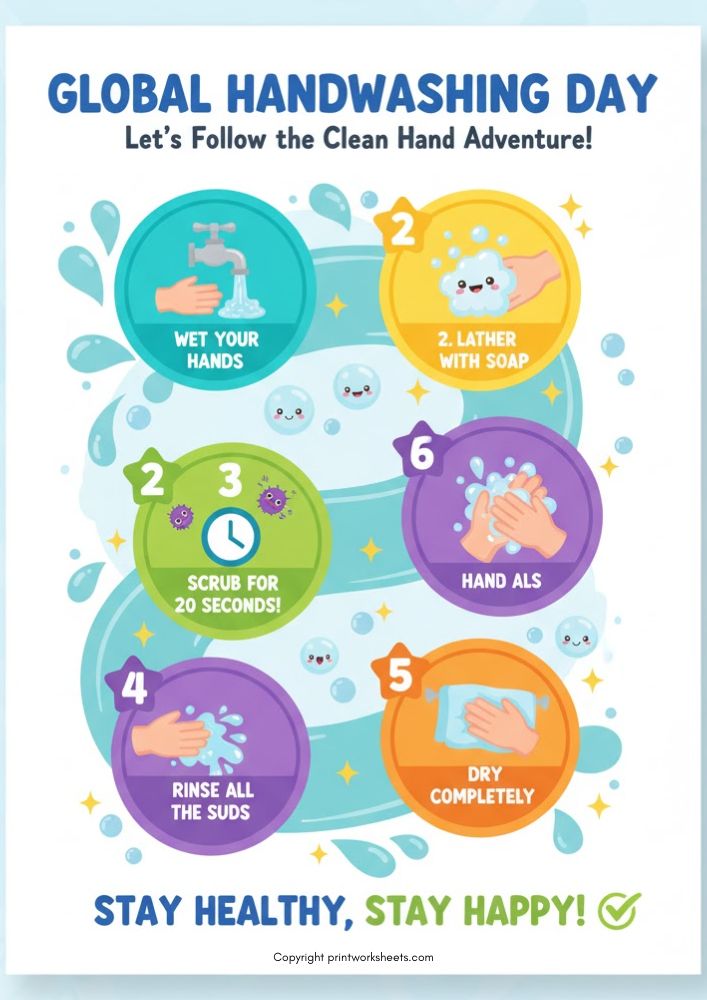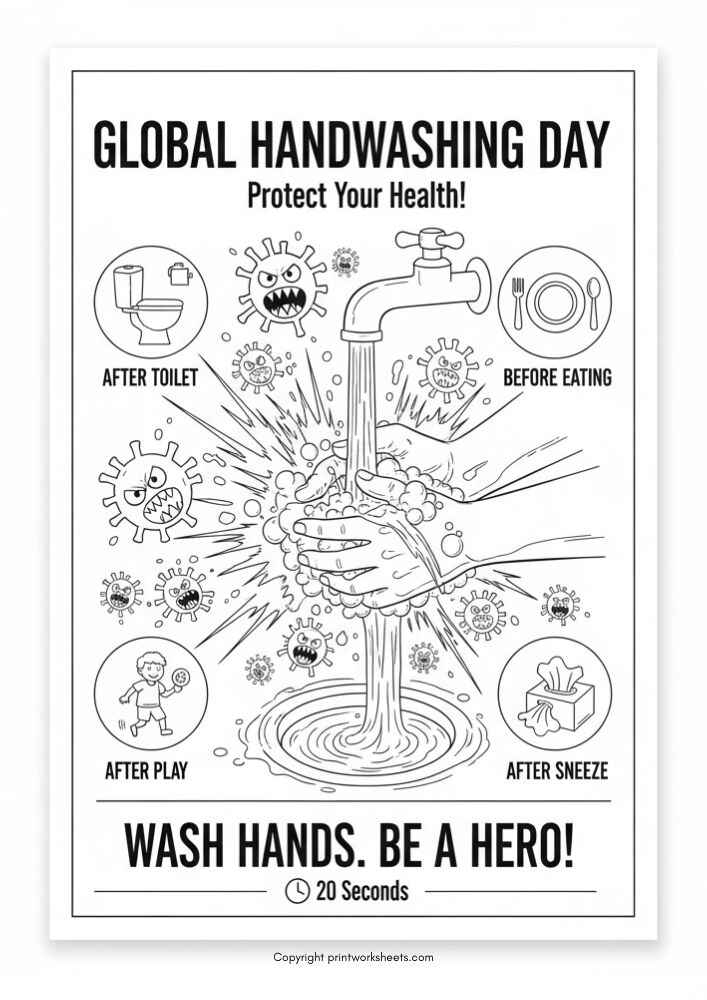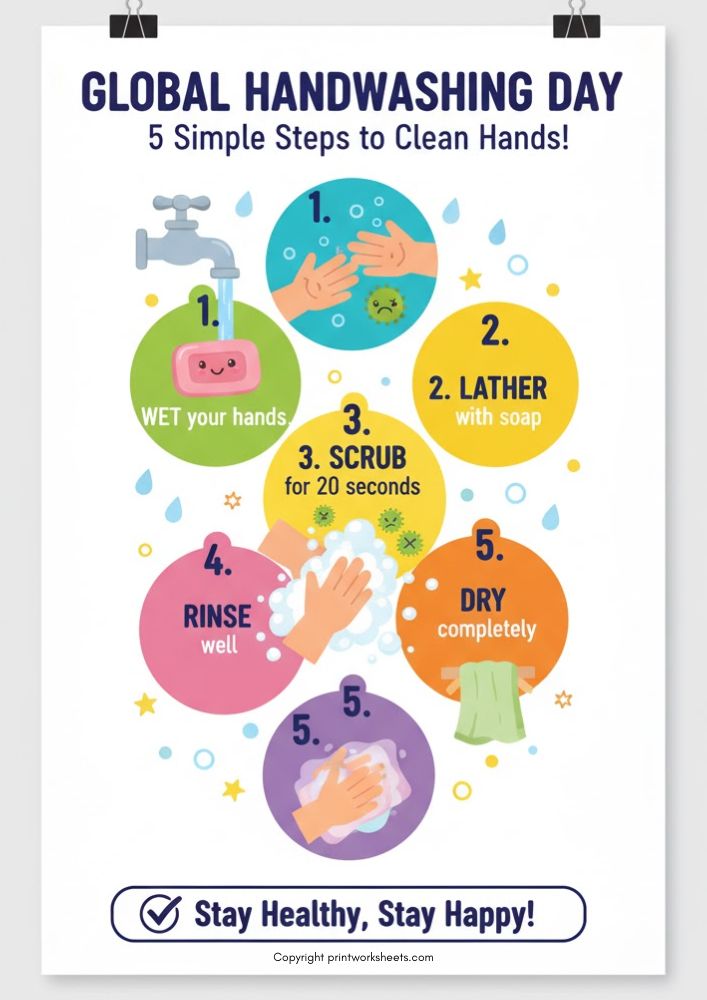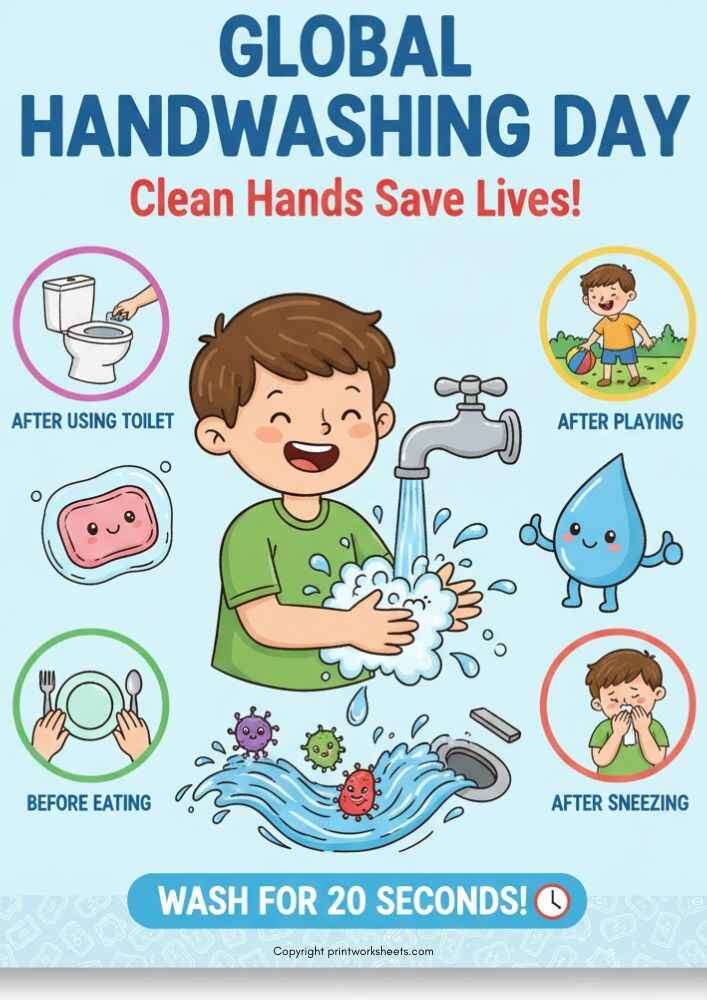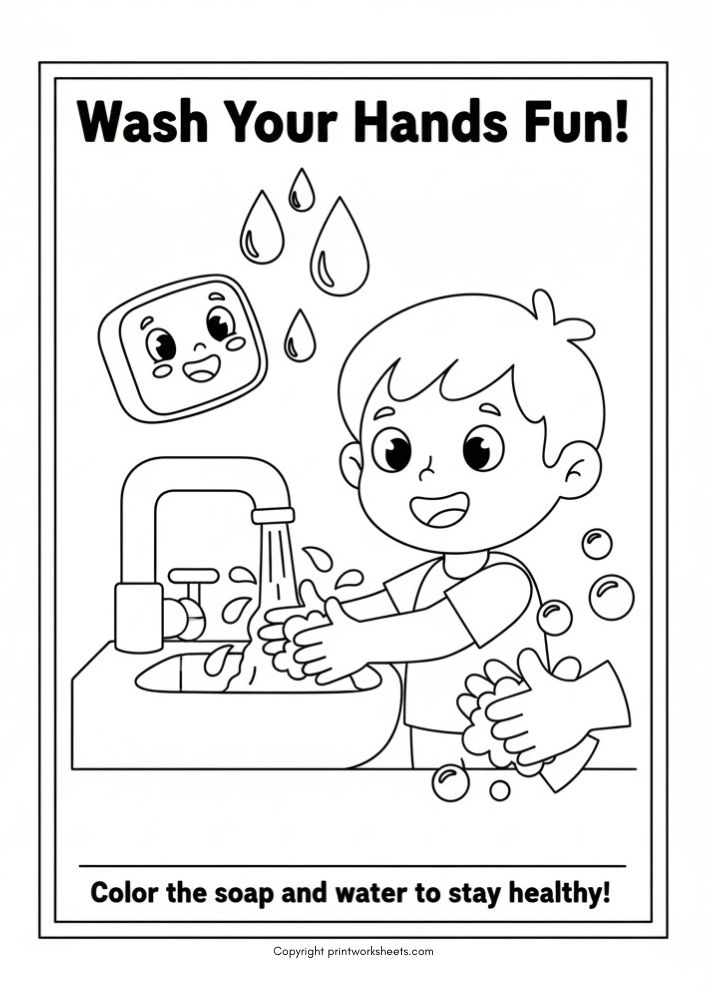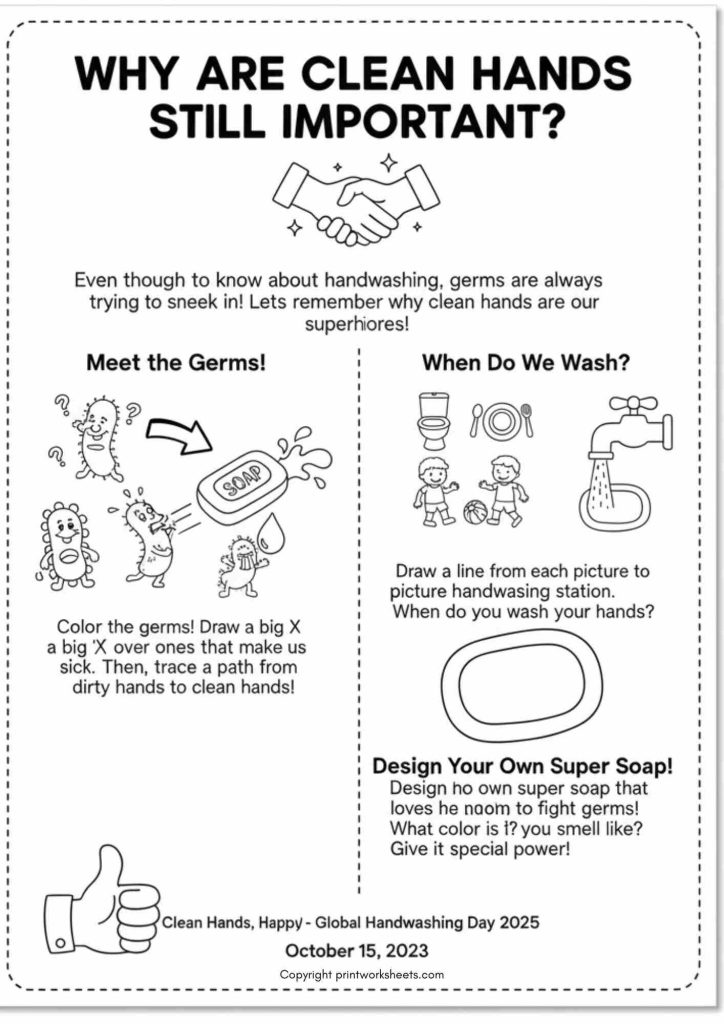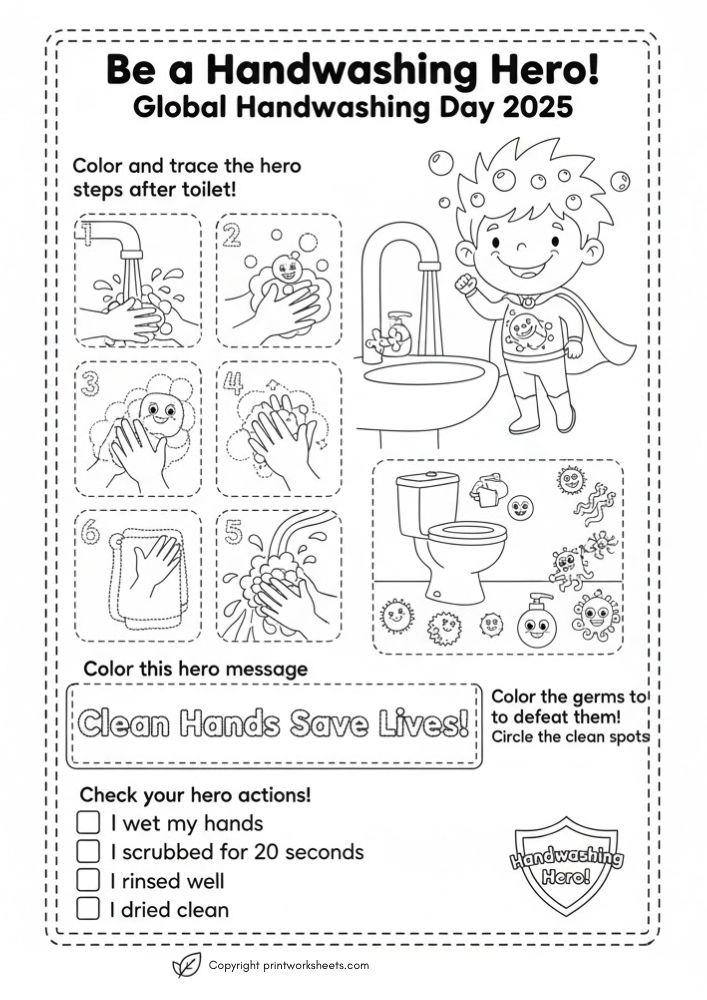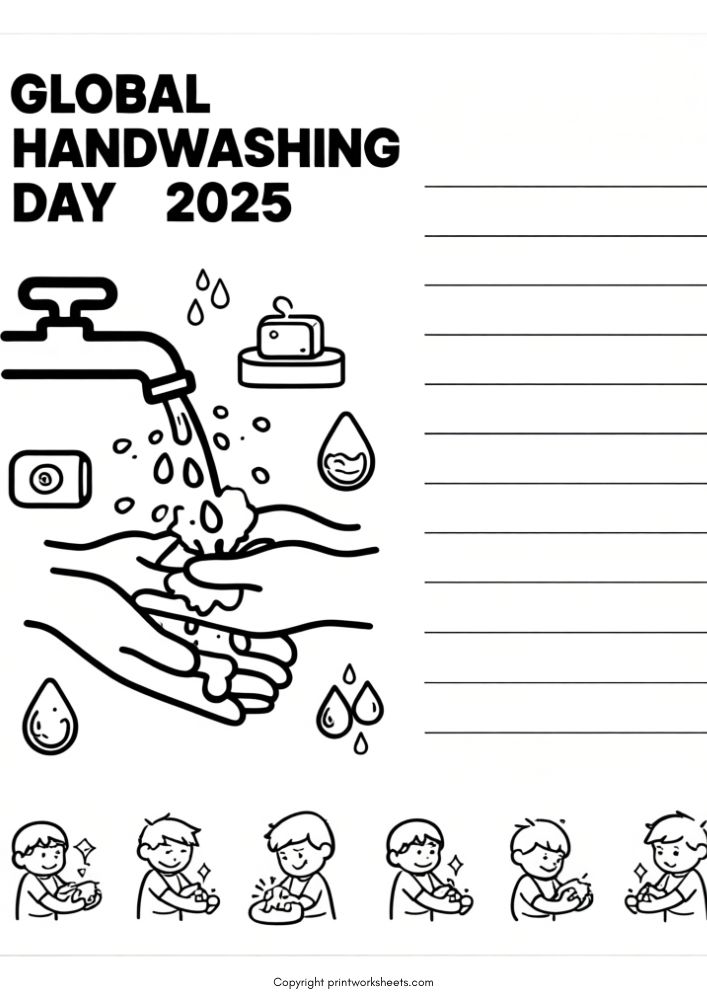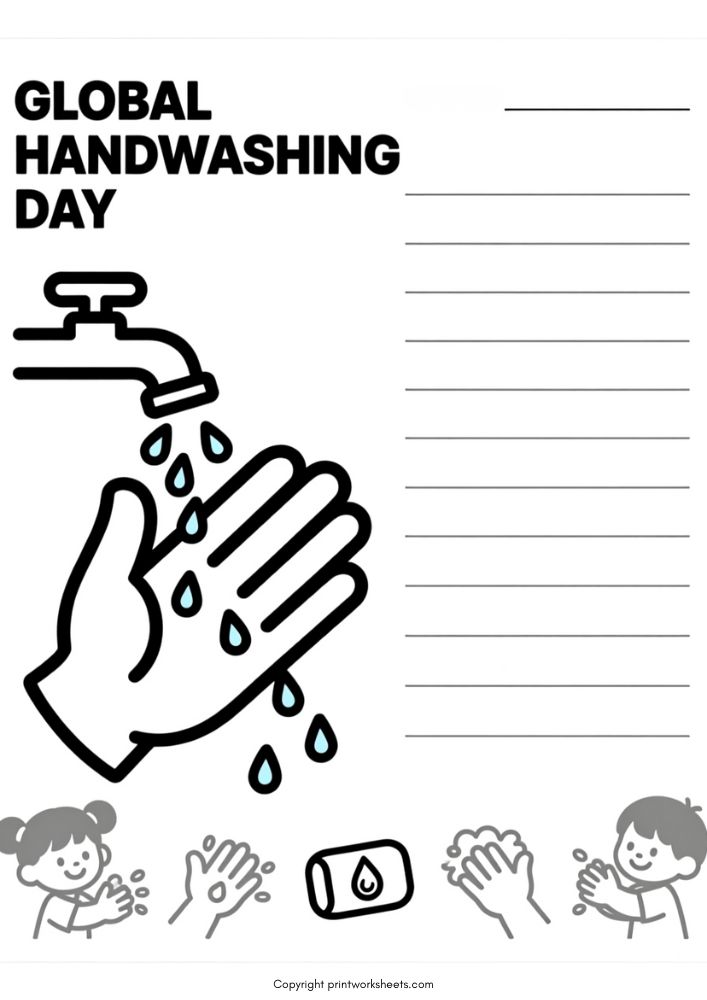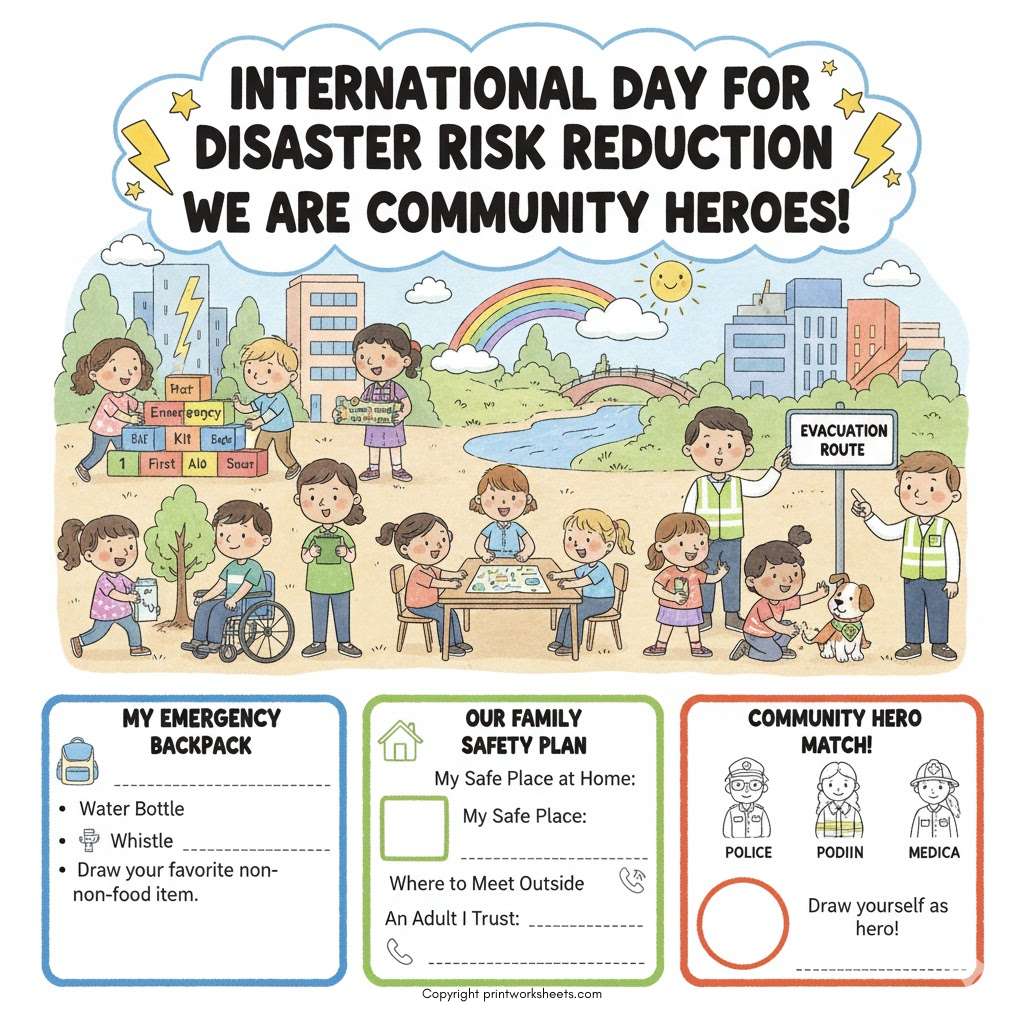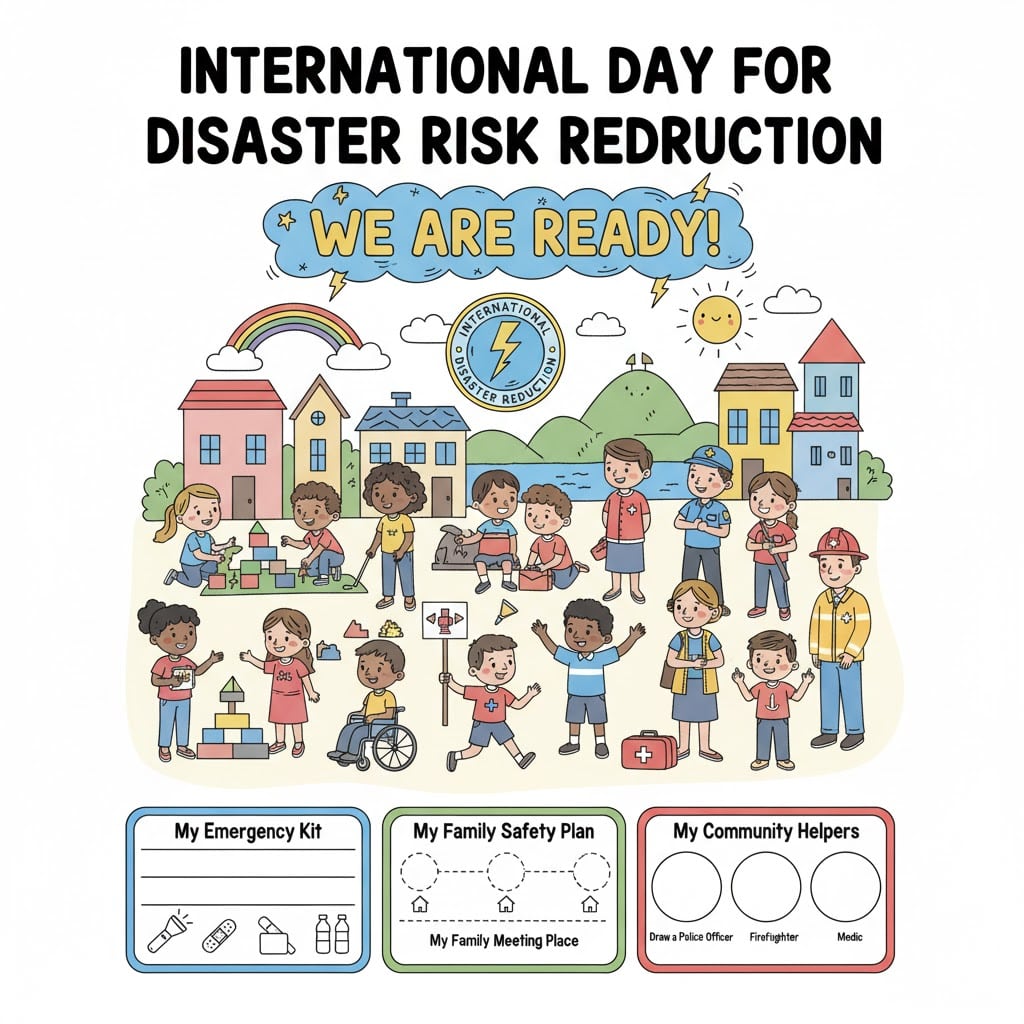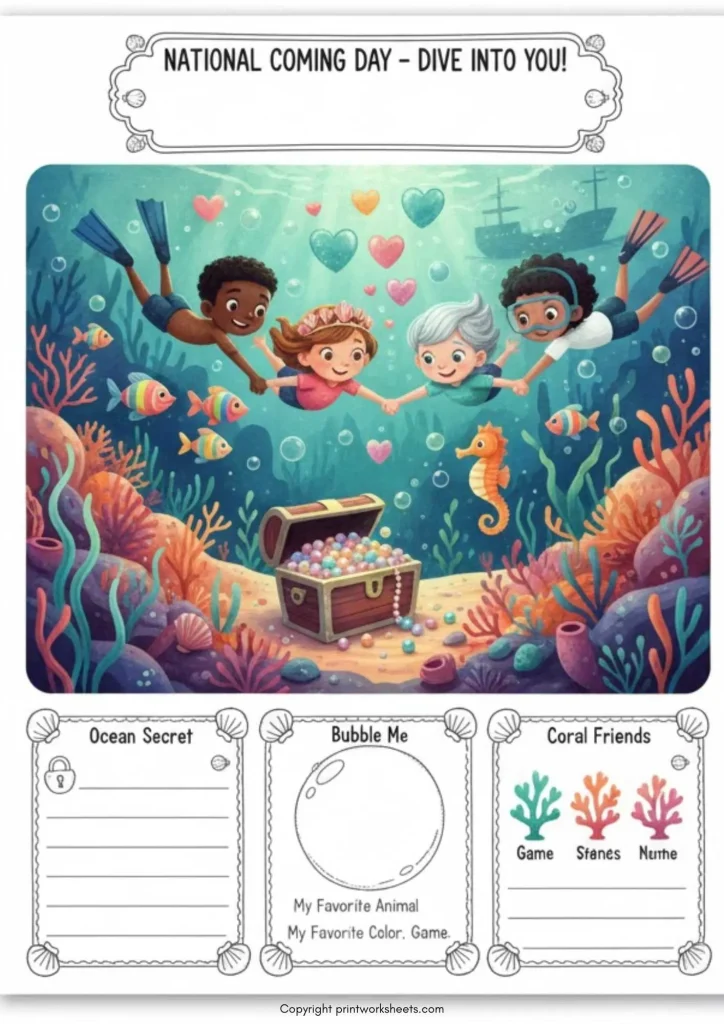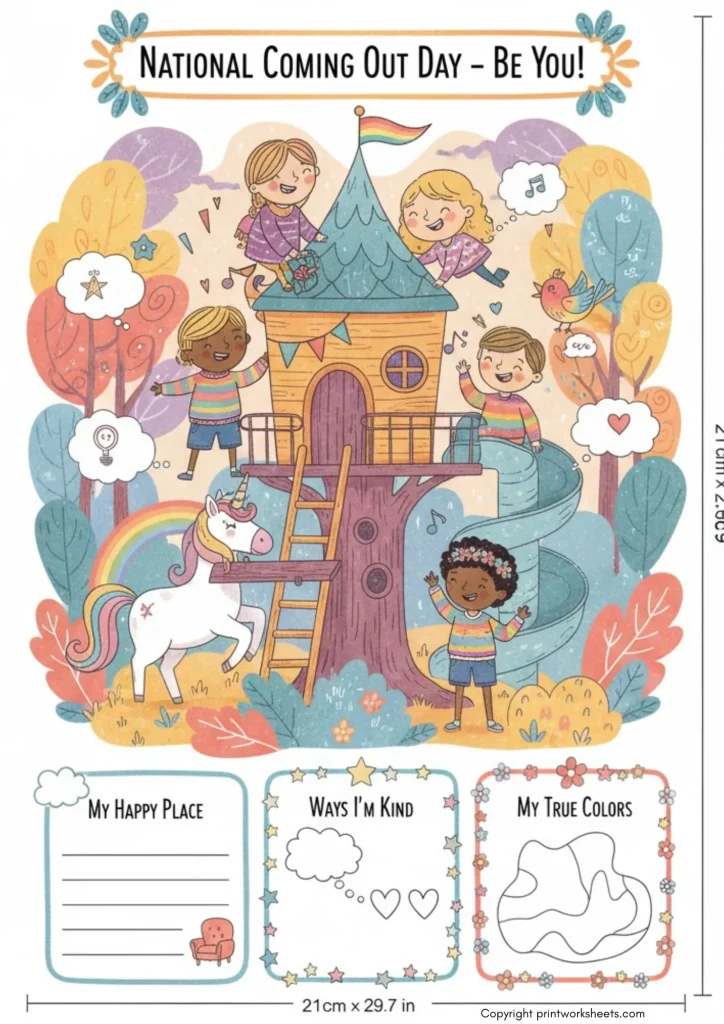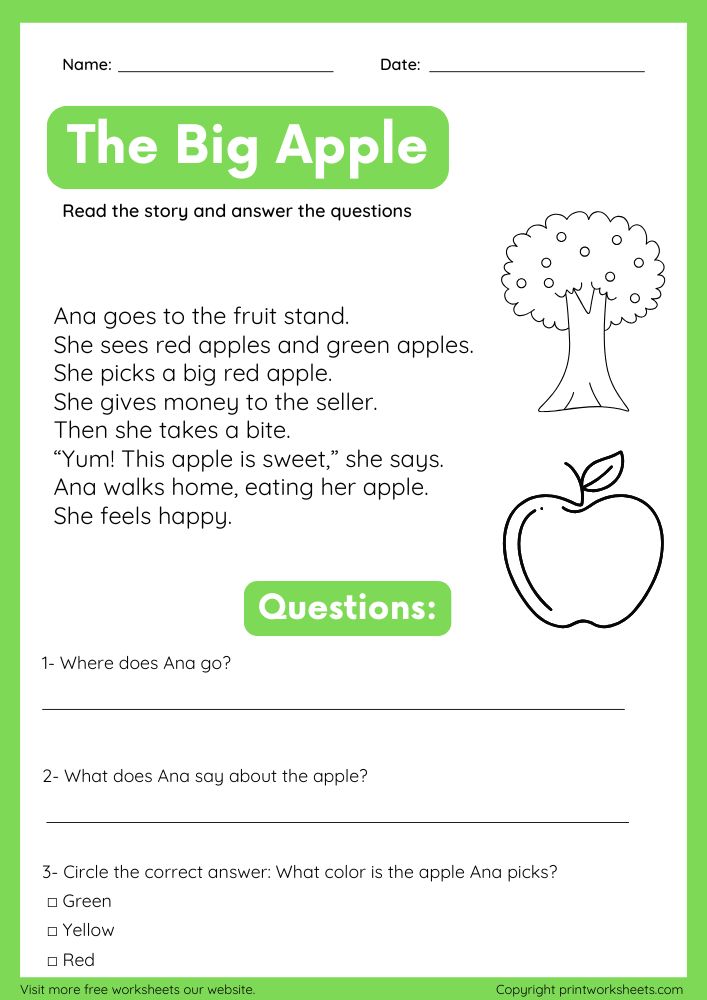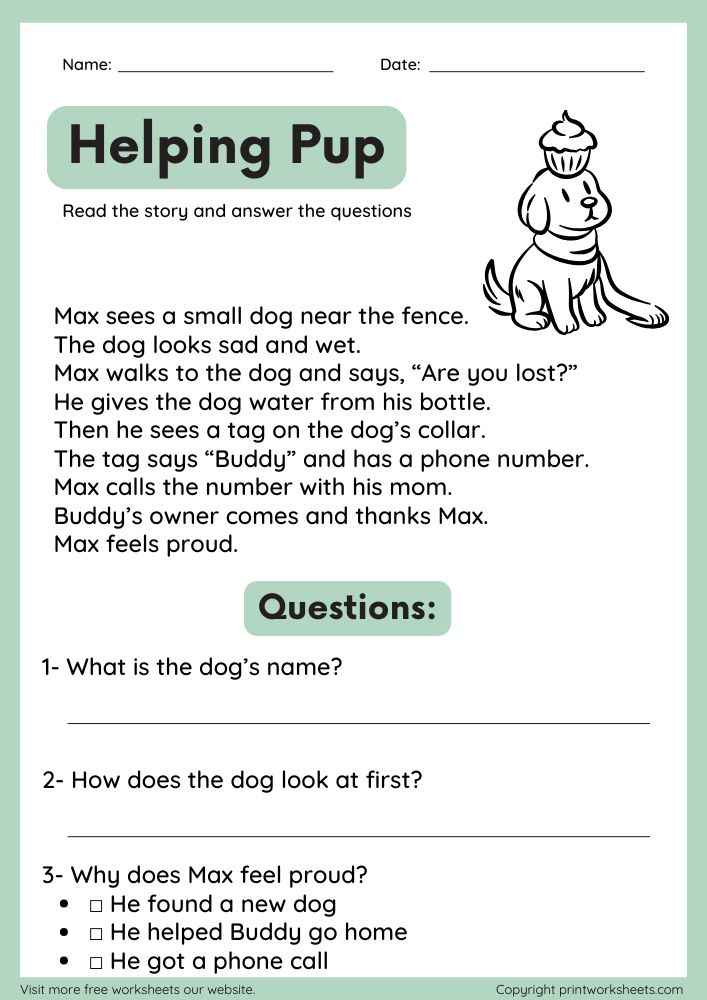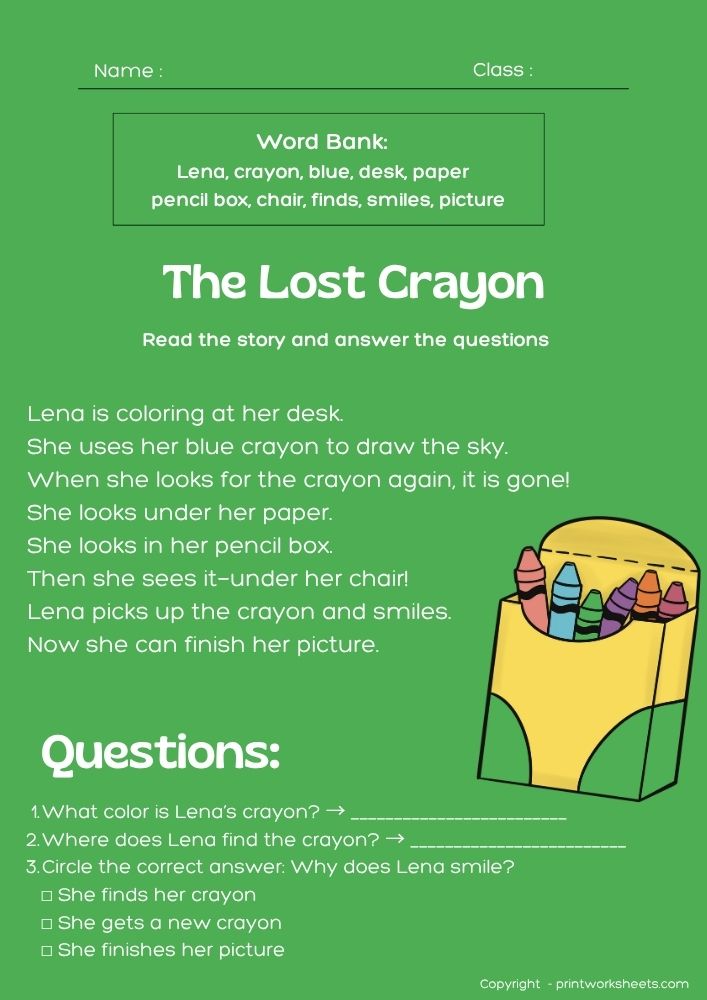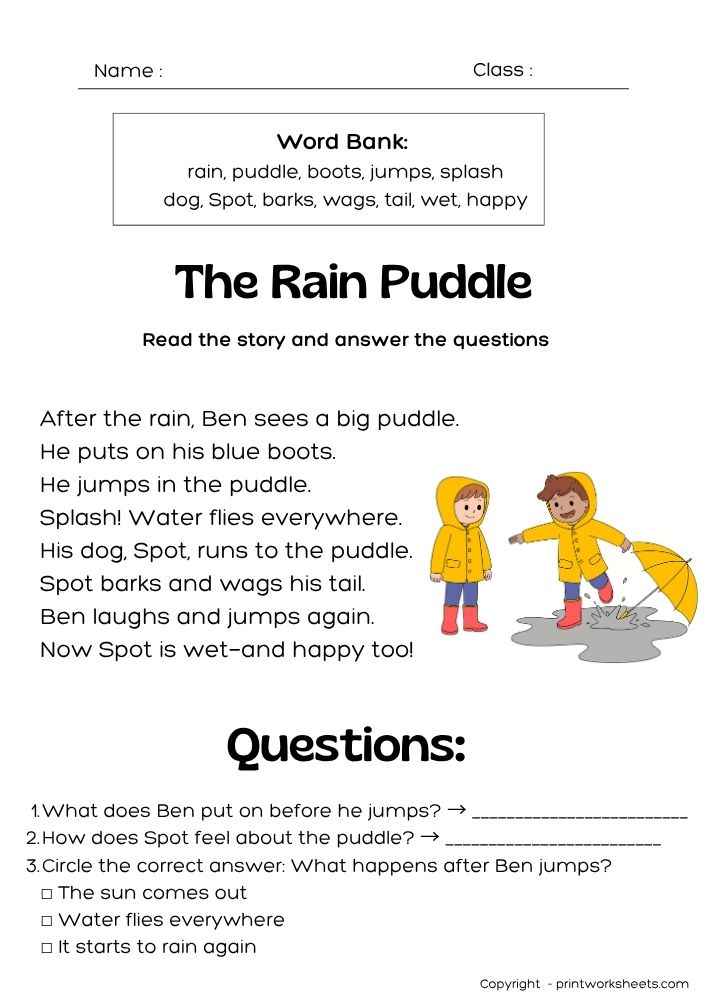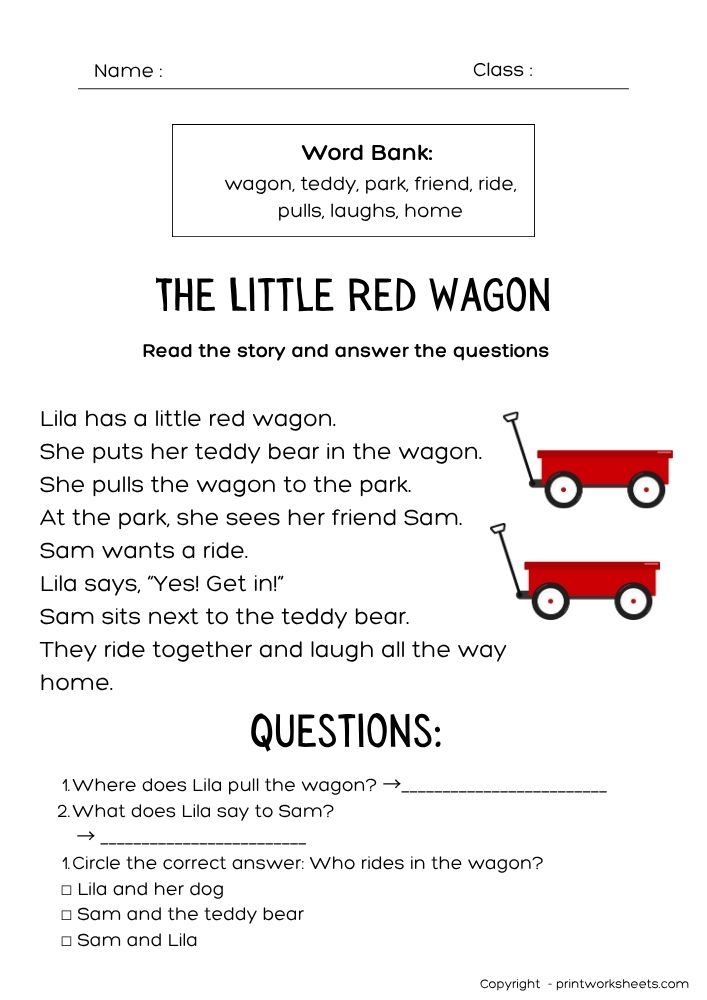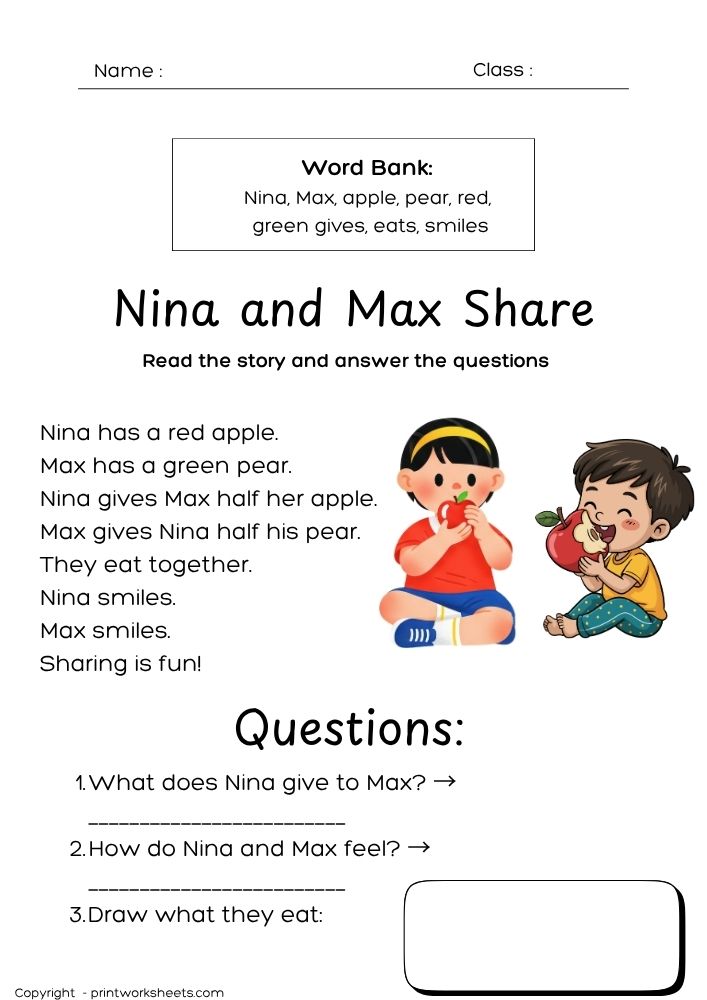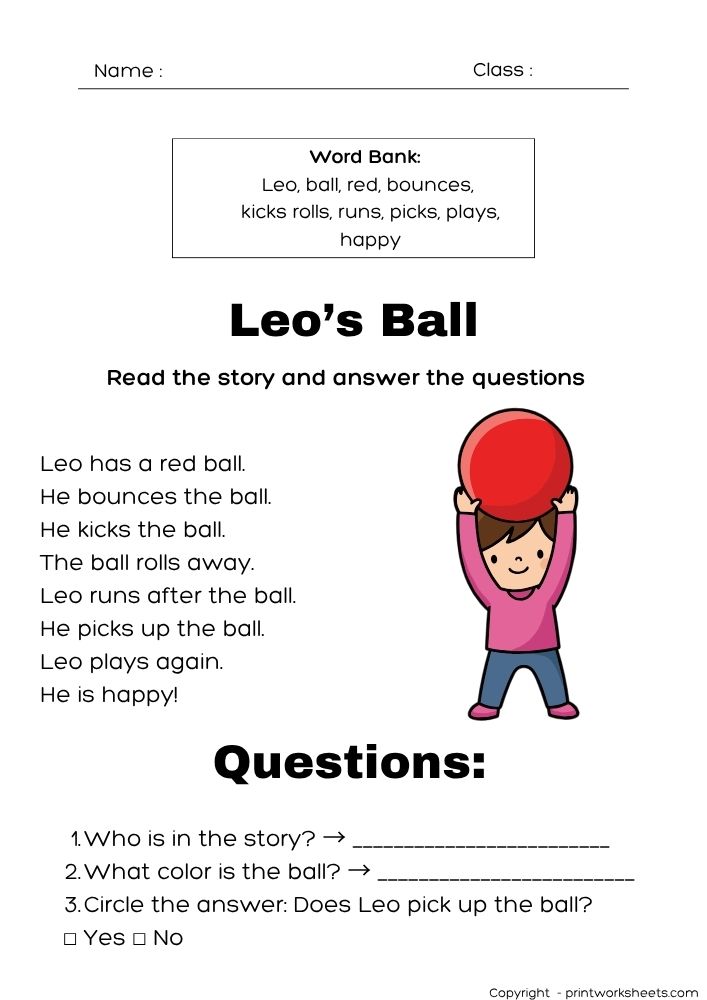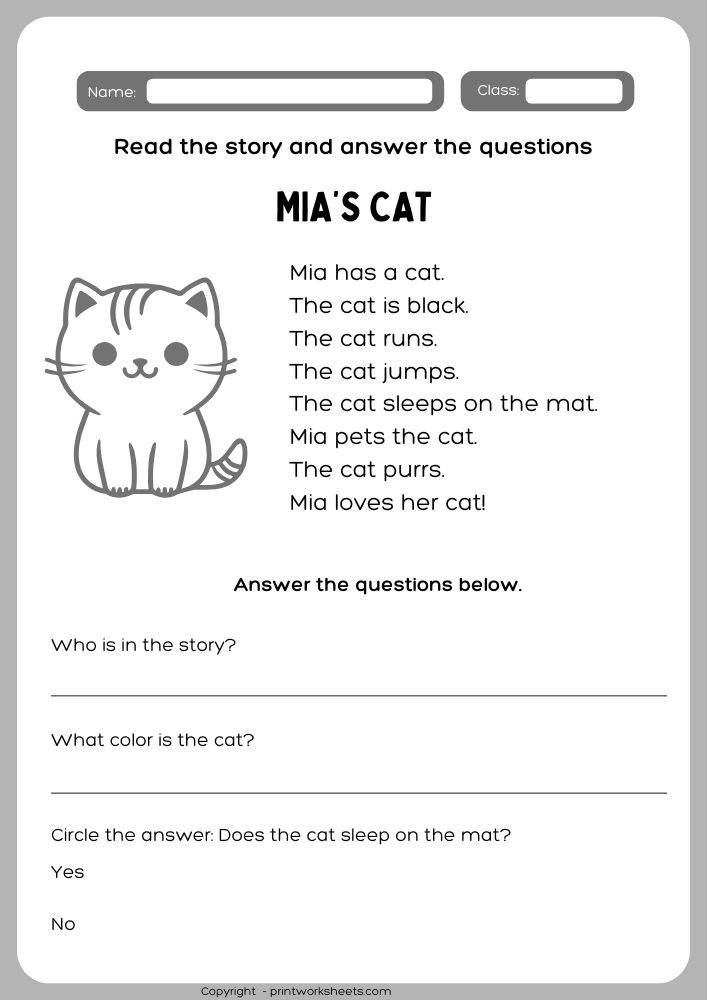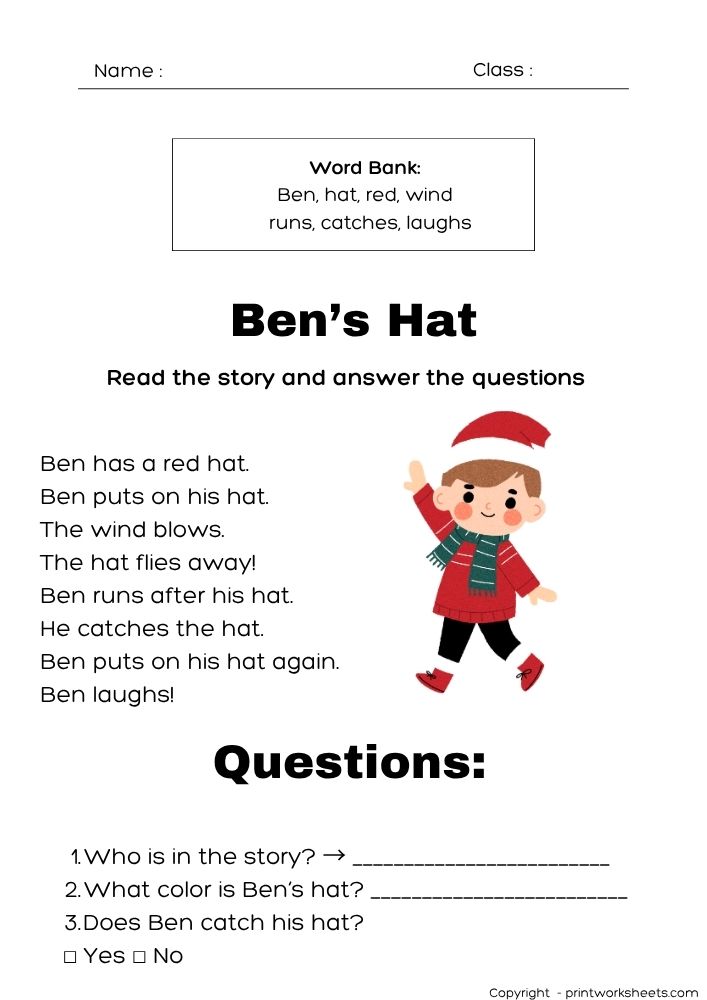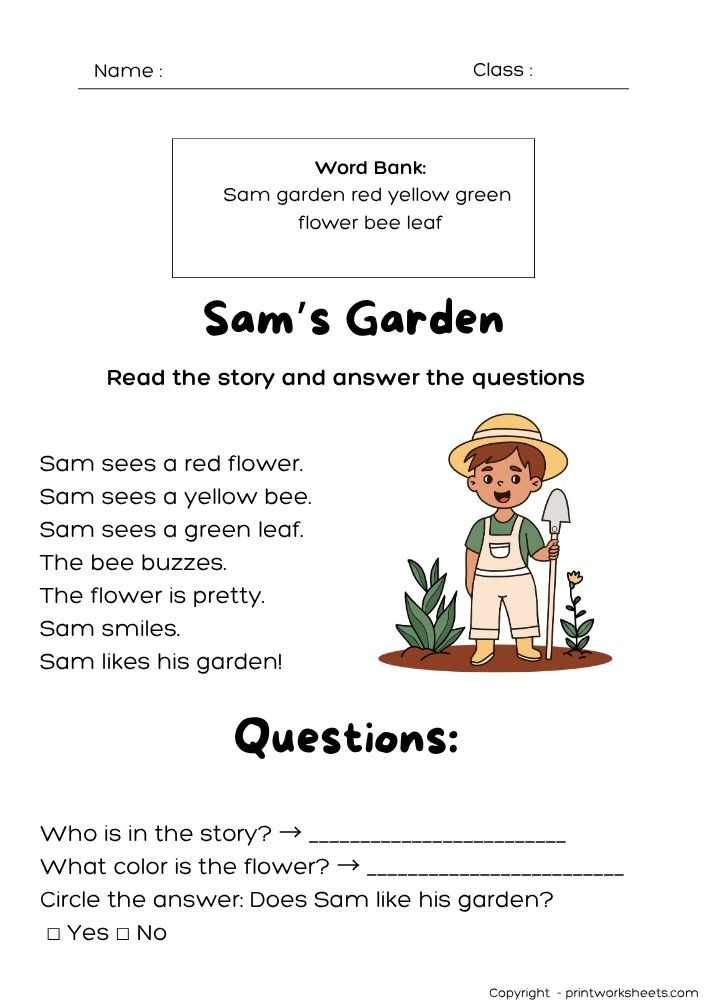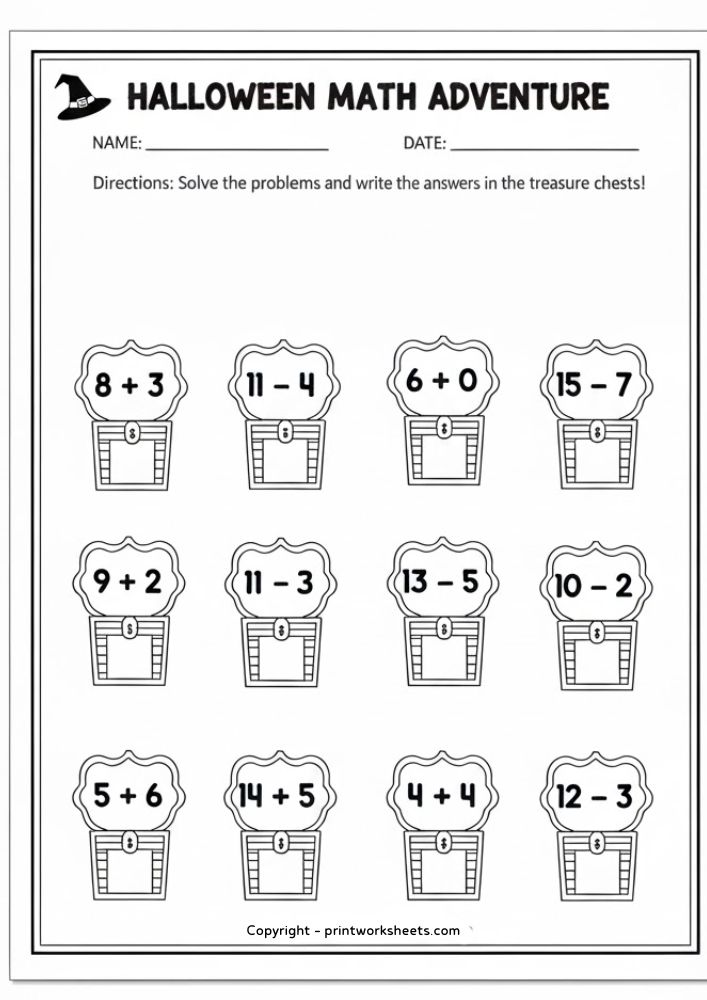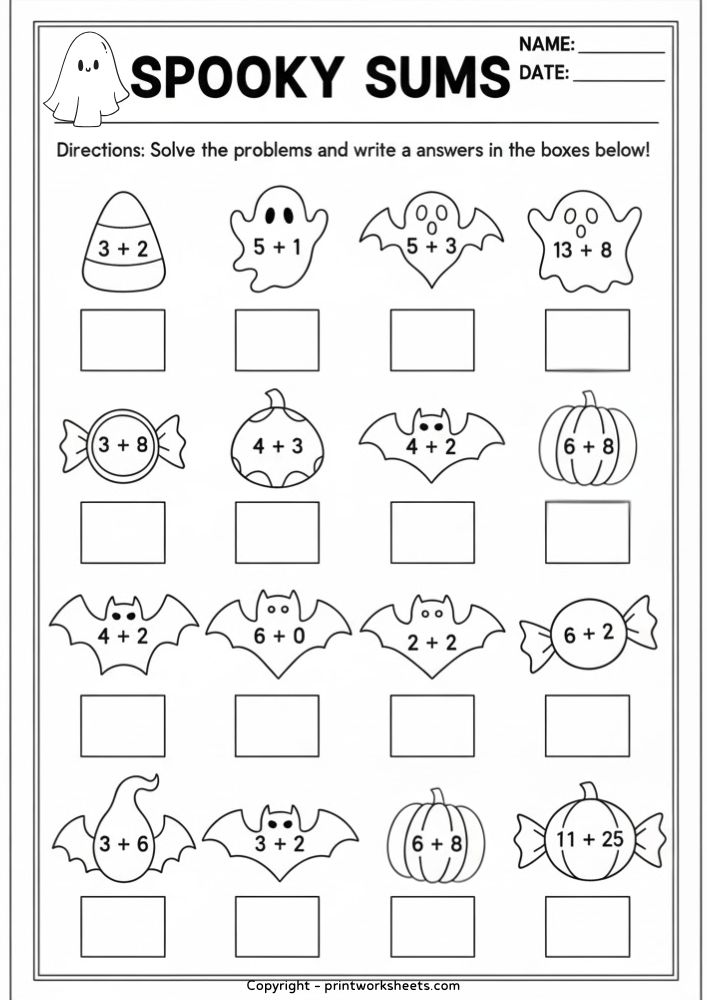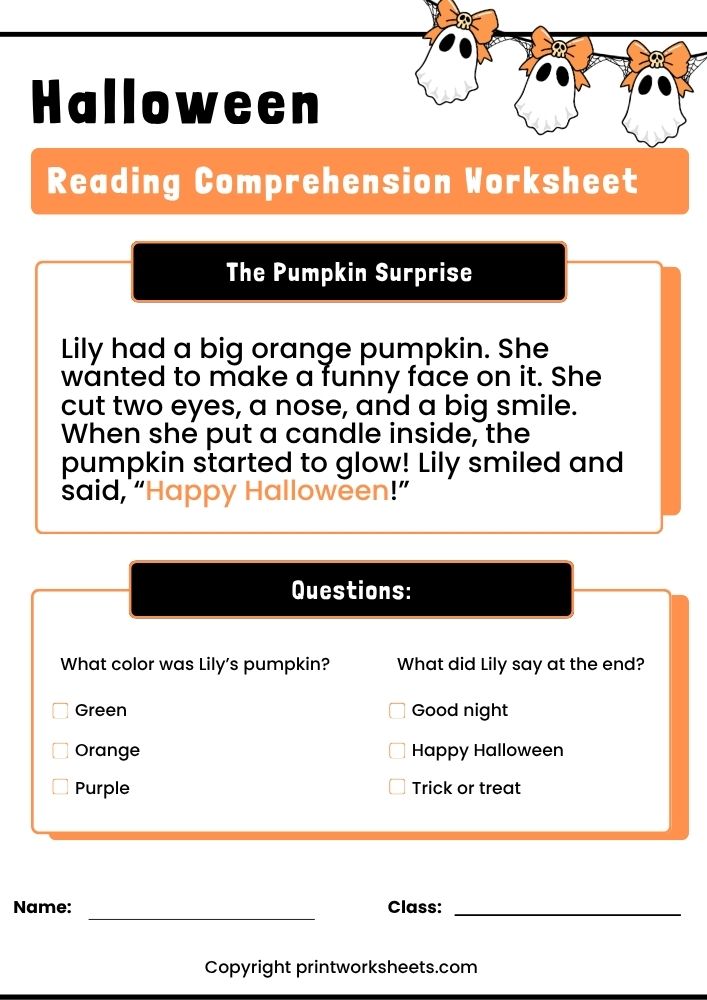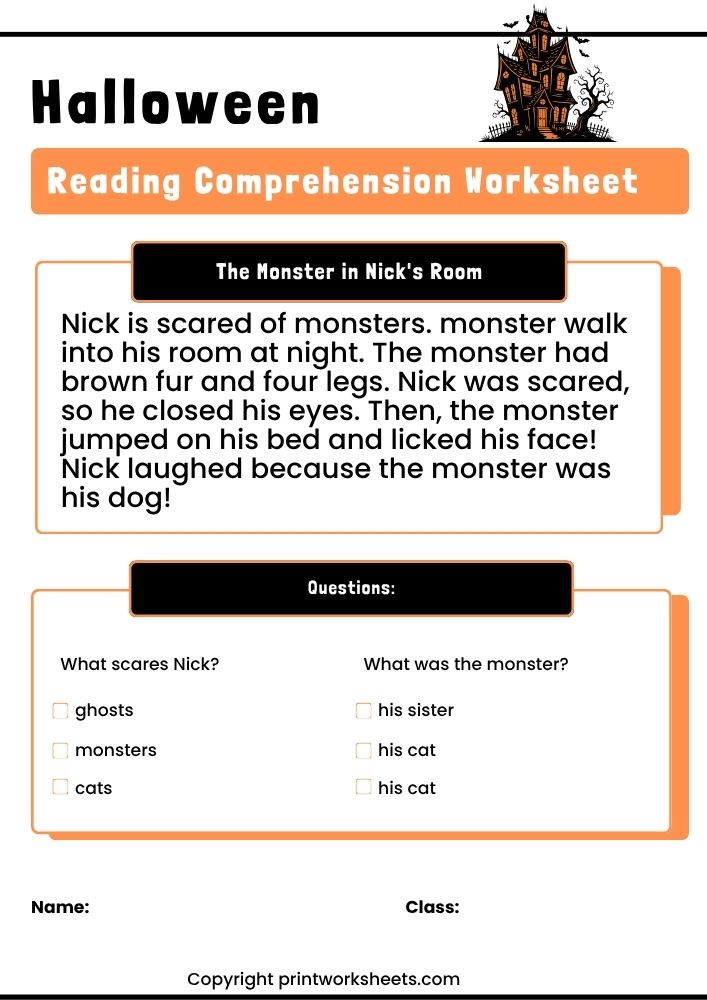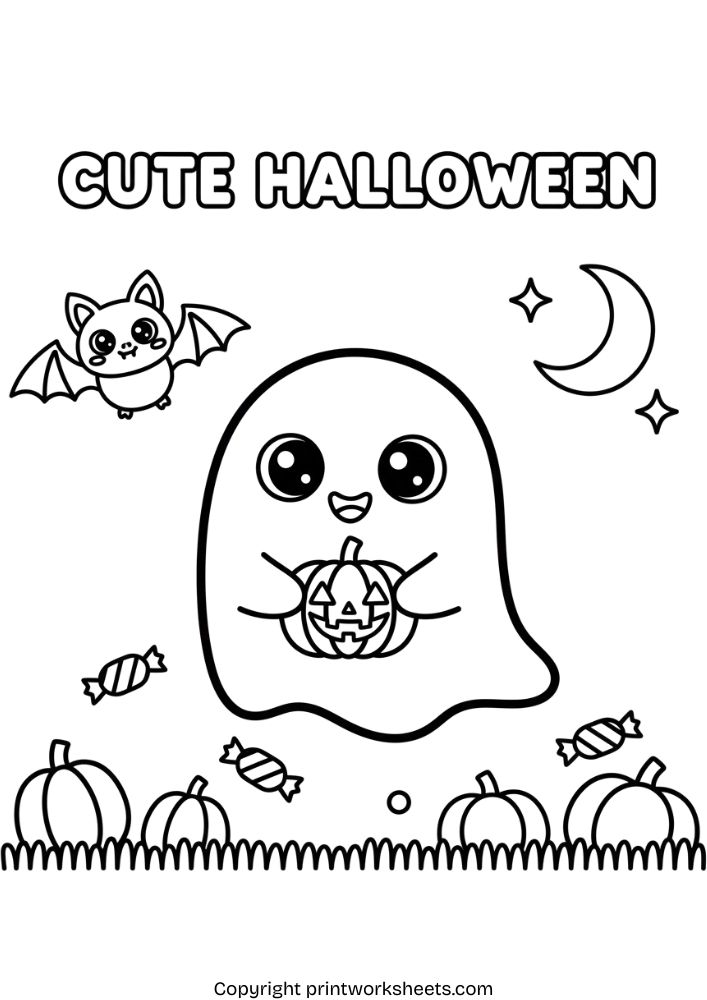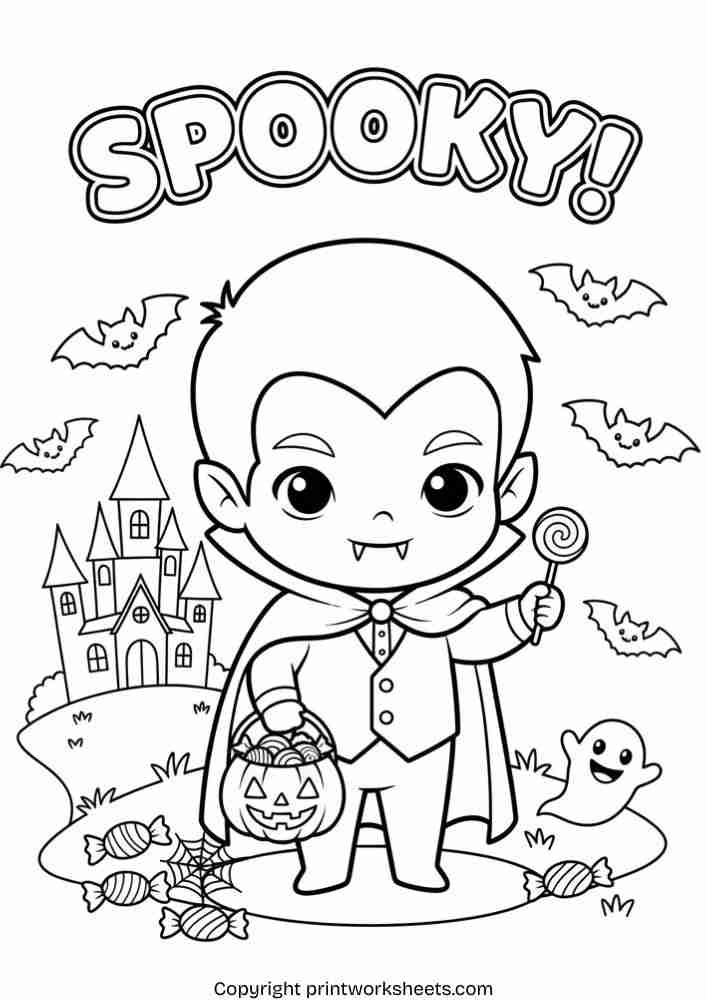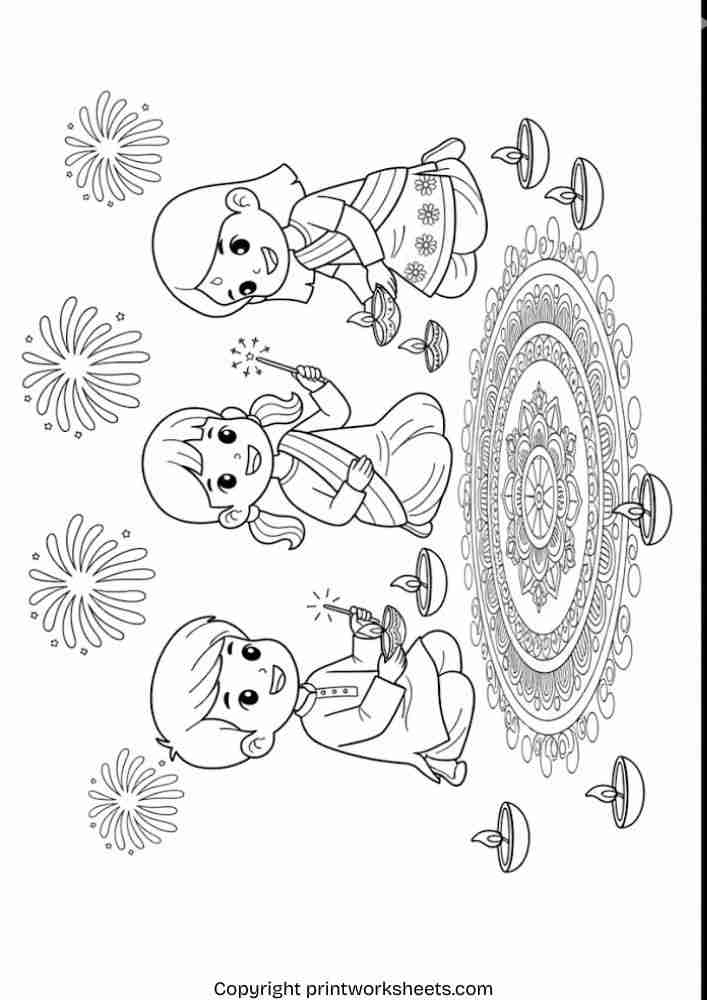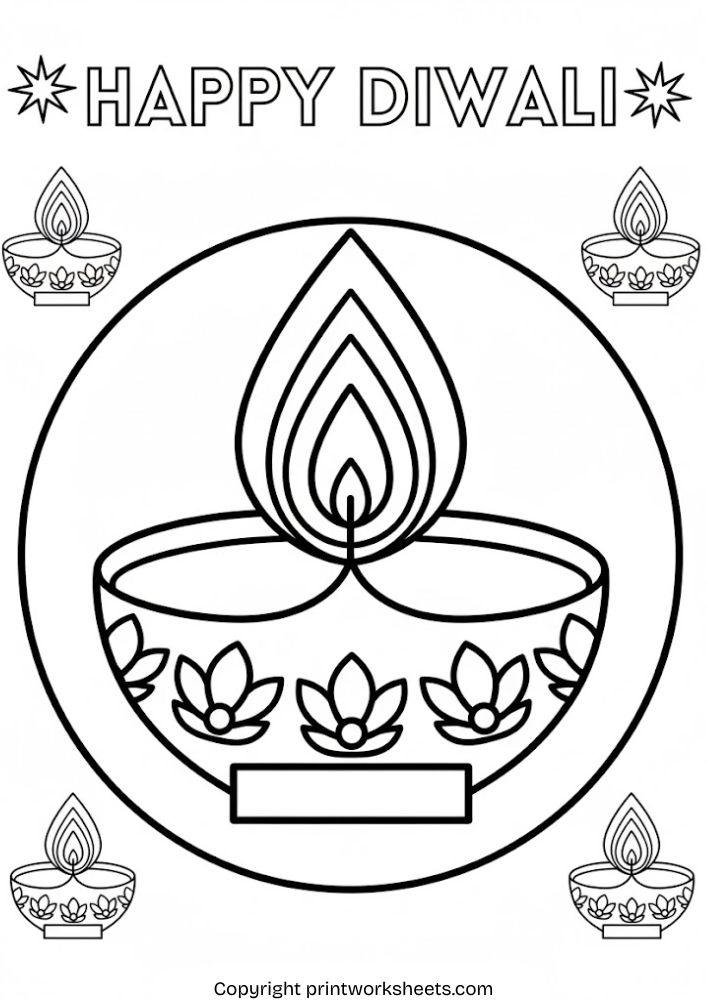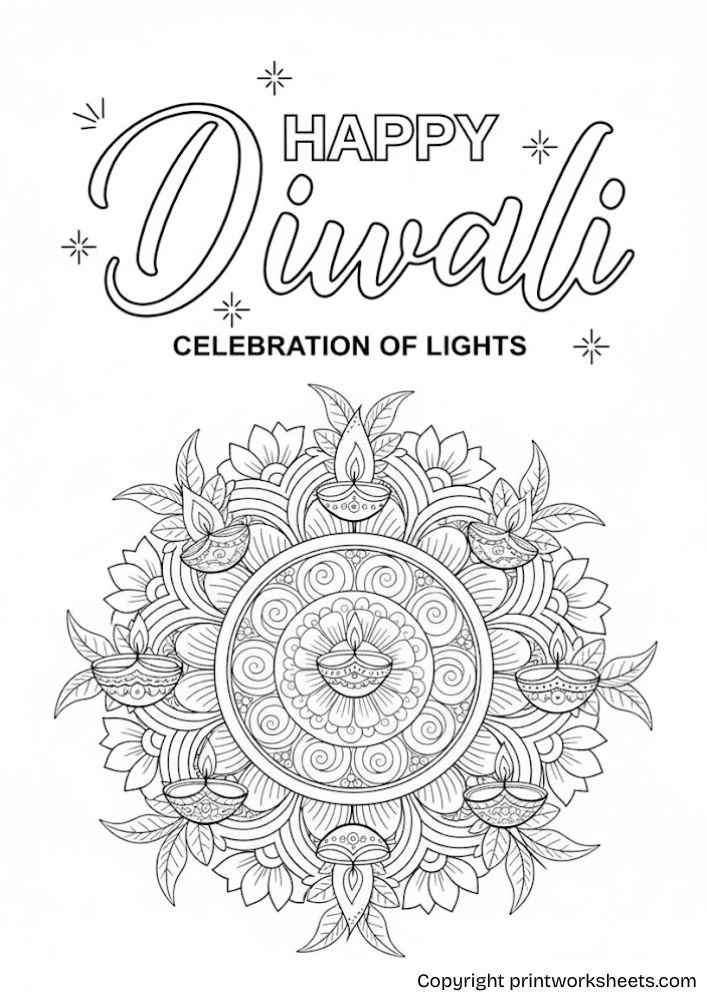Disaster Risk Reduction Day Kids Worksheet: Fun, Learning, and Safety All in One!
Let’s be real—when you hear “Disaster Risk Reduction,” your mind probably jumps to emergency drills, government reports, or serious-looking adults in hard hats. But what if I told you that one of the most powerful tools in building a safer world starts with a crayon, a blank worksheet, and a curious kid? That’s right. Teaching children about disaster preparedness isn’t just smart—it’s essential. And the best part? It doesn’t have to be scary or boring. Enter the humble Disaster Risk Reduction (DRR) Day kids worksheet: a simple, engaging, and surprisingly powerful resource that turns fear into confidence and confusion into clarity.
Why Teach Disaster Risk Reduction to Kids?
Think about it: kids are often the most vulnerable during disasters—but they’re also the most adaptable learners. If we wait until a crisis hits to explain what to do, it’s already too late. Teaching DRR early is like planting an oak tree: you won’t see the full shade for years, but when the storm comes, that tree will protect everyone beneath it.
Kids Aren’t Just Victims—They’re Change-Makers!
Here’s a truth many overlook: children aren’t passive bystanders in emergencies. In fact, they often become the messengers of safety in their own homes. A child who knows where the emergency kit is, how to call for help, or what “Drop, Cover, and Hold On” means can literally save lives—including their own and their family’s. Imagine your 8-year-old calmly guiding Grandma to the safe zone during an earthquake. That’s not fantasy—that’s preparedness in action.
Shocking Stats That Will Make You Rethink Preparedness
According to UNICEF, over 175 million children worldwide are affected by natural disasters every year. In earthquake-prone countries like Iran, Japan, or Nepal, this number spikes during active seismic seasons. And yet, fewer than 30% of schools globally have integrated child-friendly DRR education into their curriculum. That gap? It’s not just a statistic—it’s a call to action. And worksheets? They’re one of the easiest, most scalable ways to close it.
What Is International Day for Disaster Risk Reduction?
Mark your calendar: October 13 is the International Day for Disaster Risk Reduction (IDDRR). Established by the United Nations in 1989, this day isn’t about doom and gloom—it’s about empowerment. It’s a global reminder that while we can’t stop earthquakes, floods, or wildfires, we can reduce their impact through smart planning, community action, and yes—education starting with our youngest citizens.
A Brief History: From Awareness to Action
Originally called the “International Day for Natural Disaster Reduction,” the name changed in 2009 to reflect a crucial shift: it’s not just about the disaster—it’s about the risk. The focus moved from reacting to catastrophes to proactively building resilient communities. And who better to start with than kids? After all, they’re the future engineers, mayors, teachers, and parents who’ll shape how the world responds to crises.
Why October 13? The Story Behind the Date
The date wasn’t picked at random. October 13 aligns with the UN’s broader campaign to promote a “culture of prevention.” It’s a symbolic anchor—a day when schools, NGOs, and governments spotlight DRR efforts and renew their commitment to safer, smarter communities. For educators, it’s the perfect excuse to bring out those colorful, thought-provoking worksheets and turn learning into a mission.
How Worksheets Make Disaster Education Stick
Let’s face it: telling a child “Stay calm during a fire” is like telling a goldfish to ride a bike. Abstract advice doesn’t stick. But hand them a worksheet where they draw their home escape route, match emergency items to their uses, or color a firefighter helping a family—suddenly, it clicks. Worksheets transform passive listeners into active participants.
The Magic of Active Learning Through Worksheets
Why do worksheets work so well? Because they engage multiple senses. Kids see the visuals, think through the questions, write or draw their answers, and often discuss them with peers or parents. This multi-layered approach boosts retention far more than a lecture ever could. Plus, they’re low-cost, screen-free, and perfect for both classrooms and living rooms.
What Makes a Great DRR Worksheet for Kids?
Not all worksheets are created equal. A standout DRR worksheet should be:
- Age-appropriate (simple icons for preschoolers, scenario-based questions for tweens)
- Visually engaging (bright colors, friendly characters, clear layouts)
- Action-oriented (not just “what is a flood?” but “what would YOU do?”)
- Empowering (focus on solutions, not just dangers)
Think of it like a superhero training manual—but for real-life emergencies.
Types of Disaster Risk Reduction Worksheets for Children
Gone are the days of boring fill-in-the-blank sheets. Today’s DRR worksheets come in creative, interactive formats that kids actually want to complete.
Coloring & Drawing Sheets: Learning Through Creativity
A coloring page showing a family assembling an emergency kit does more than keep little hands busy—it normalizes preparedness. When kids draw their “safe spot” at home or color a map of evacuation routes, they’re internalizing safety plans without even realizing it. It’s stealth learning at its best.
Puzzles & Brain Games: Building Critical Thinking
Word searches with terms like “earthquake,” “first aid,” and “helpline” reinforce vocabulary. Mazes that guide a character to a shelter teach decision-making. Crossword puzzles about emergency supplies? They turn memorization into a game. And games reduce anxiety—because when something feels fun, it doesn’t feel frightening.
Emergency Plan Templates: Personalizing Safety
One of the most practical worksheet types is the family emergency plan template. Kids fill in contact numbers, meeting points, and even pet care instructions. This isn’t just educational—it’s functional. Many families complete their first real emergency plan because their child brought home this worksheet from school!
How to Create Your Own Custom DRR Worksheet
Don’t want to rely on generic downloads? Great! You can design a worksheet tailored to your child’s age, your local risks (floods? earthquakes? power outages?), and your family’s emergency plan. All you need is paper, a pen, and a little creativity.
Age-Appropriate Design Tips You Can’t Ignore
- Ages 3–6: Use big pictures, minimal text, tracing activities (“trace the path to safety!”).
- Ages 7–10: Add simple quizzes, matching games, and “draw your emergency backpack” prompts.
- Ages 11–14: Introduce real-world scenarios: “Your town has a flood warning. List 5 things you’d do in the next hour.”
Keep language positive: “You can stay safe by…” not “If you don’t do this, you’ll be in danger.”
Free, Trusted Sources for Printable DRR Worksheets
You don’t have to start from scratch. Reputable organizations offer high-quality, free resources:
- UNDRR (United Nations Office for Disaster Risk Reduction) – Global DRR Day toolkits
- UNICEF – Child-friendly emergency guides
- American Red Cross – “Prepare with Pedro” activity books
- Ready.gov (U.S.) – Printable family plan worksheets
- Local disaster management agencies – Often have region-specific materials in multiple languages
Just search “Disaster Risk Reduction Day kids worksheet PDF” and filter by trusted domains (.gov, .org, .edu).
The Role of Teachers and Schools in DRR Education
Schools are natural hubs for DRR education. A single teacher using a well-designed worksheet can reach 25+ kids—and through them, 25+ families. When DRR becomes part of the curriculum (even just once a year on October 13), it builds a ripple effect of awareness. Plus, schools often conduct drills—worksheets help kids understand why those drills matter.
Classroom Activities That Bring Worksheets to Life
Don’t just hand out sheets and call it a day. Turn worksheets into experiences:
- Group mapping: Kids collaborate to draw a classroom evacuation map.
- Role-play: After filling out an emergency contact sheet, they practice calling “911” (or local equivalent).
- Kit assembly challenge: Using a checklist worksheet, teams race to pack a mock emergency kit.
These activities cement learning through doing—and laughing, and sharing.
Common Challenges (and How to Overcome Them)
Yes, there are hurdles. Some parents worry DRR topics will scare kids. Others think, “We’ve never had a disaster here—why bother?” Here’s how to respond:
- Fear? Frame it like learning to cross the street: it’s about safety, not danger.
- Complacency? Remind them: preparedness isn’t about predicting disasters—it’s about respecting uncertainty. Even a power outage or minor storm can become an emergency without a plan.
Final Thoughts: Small Lessons, Lifesaving Impact
A worksheet might seem small—a single page, a few crayons, 20 minutes of a child’s time. But that tiny act of learning can echo for a lifetime. On International Day for Disaster Risk Reduction, let’s not just remember the past disasters—we’ll invest in future resilience. And it all starts with empowering our kids, one worksheet at a time.
Frequently Asked Questions (FAQs)
1. Are DRR worksheets suitable for preschoolers?
Absolutely! Use picture-based sheets with simple tasks like “circle the safe place” or “color the emergency phone.” Keep it visual and positive.
2. Won’t talking about disasters scare my child?
Not if you focus on empowerment. Say, “Knowing what to do helps us stay safe,” not “Bad things might happen.” Your tone matters more than the topic.
3. Can I use the same worksheet for kids of different ages?
It’s better to adapt. A 5-year-old needs coloring; a 12-year-old can analyze a flood response scenario. Tailor the complexity to their understanding.
4. How often should we use these worksheets?
At least once a year—ideally around October 13 (DRR Day)—but also after local drills or when updating your family emergency plan.
5. Do worksheets replace real emergency drills?
No—they complement them. Use worksheets to explain why you drill, then practice the actions. Knowledge + action = true preparedness.
